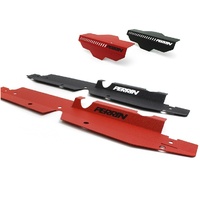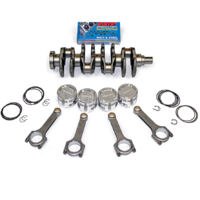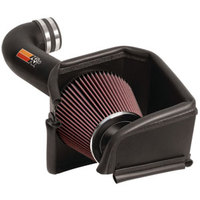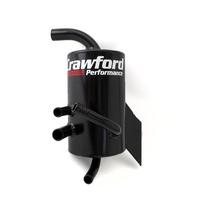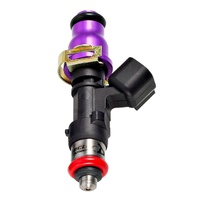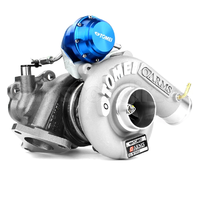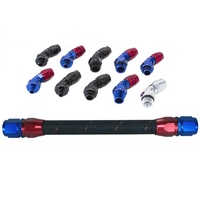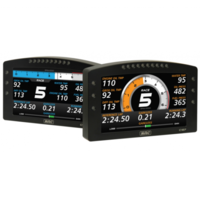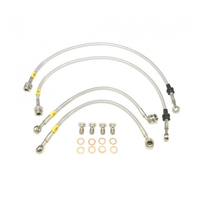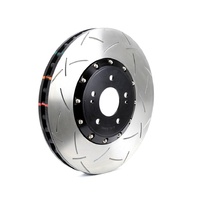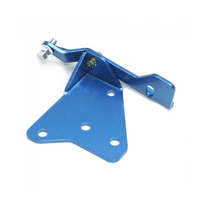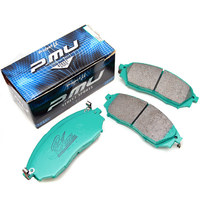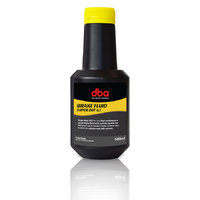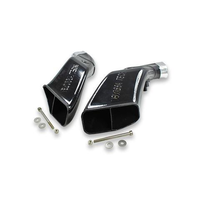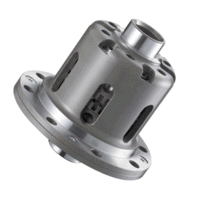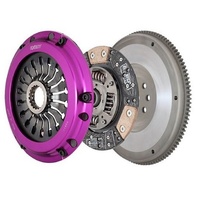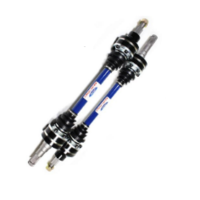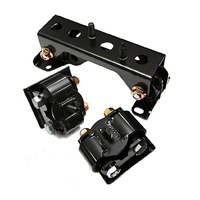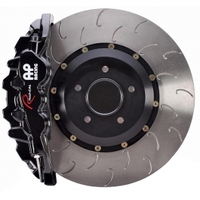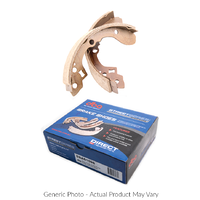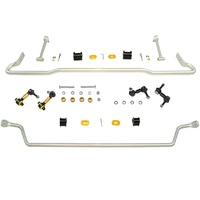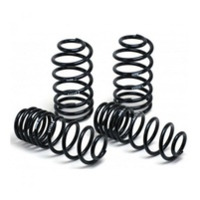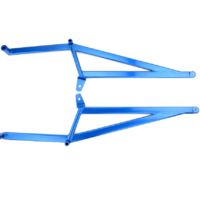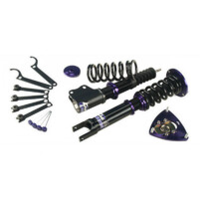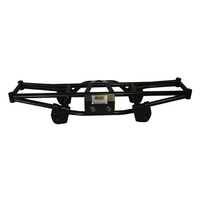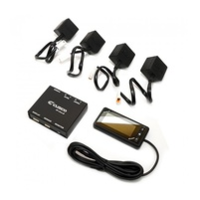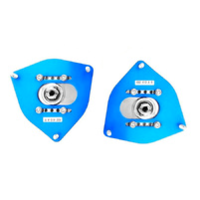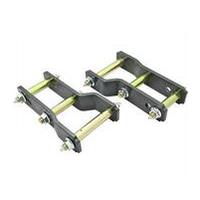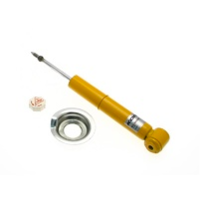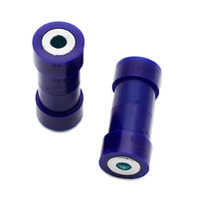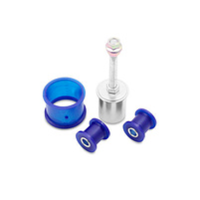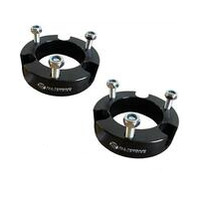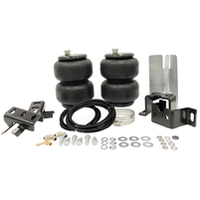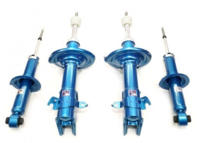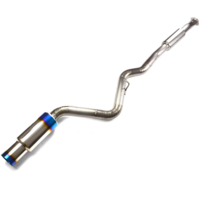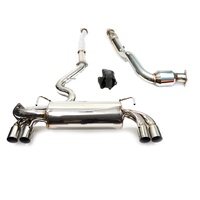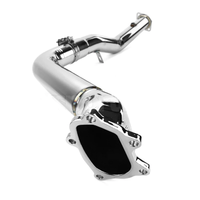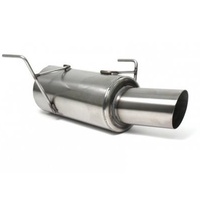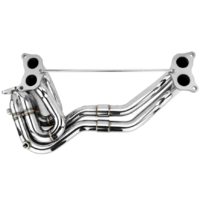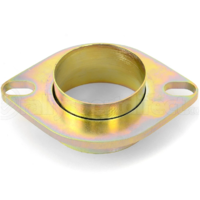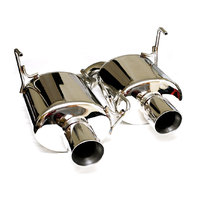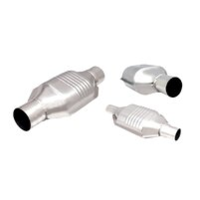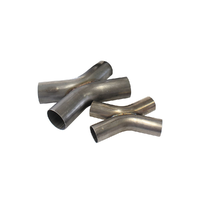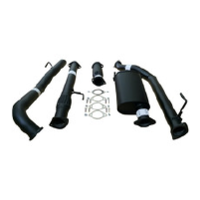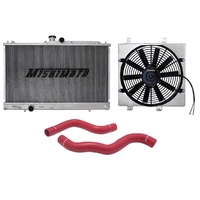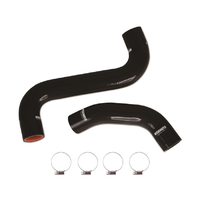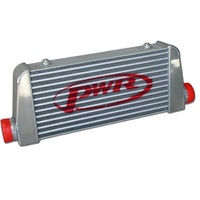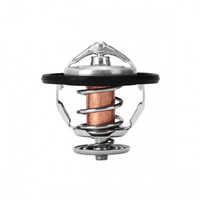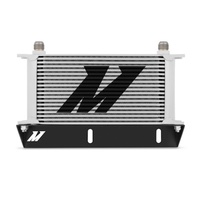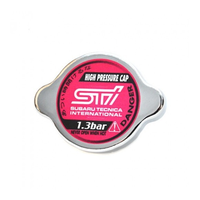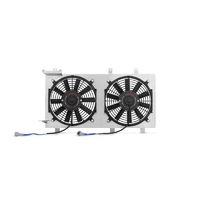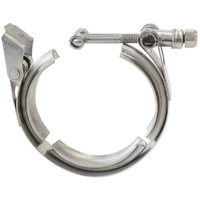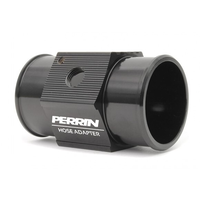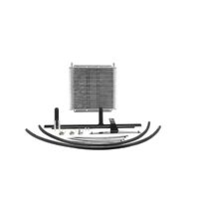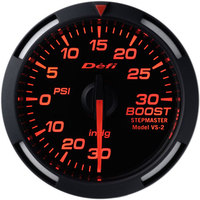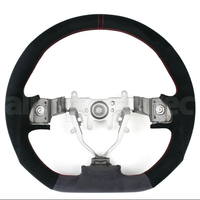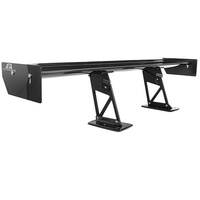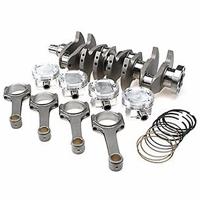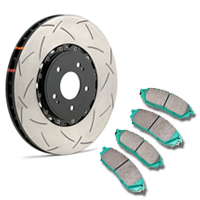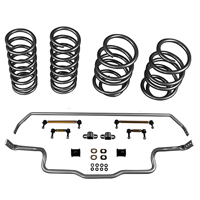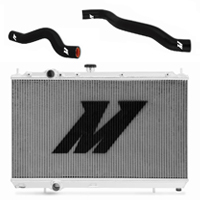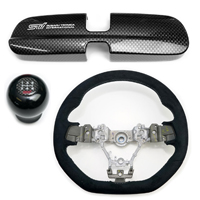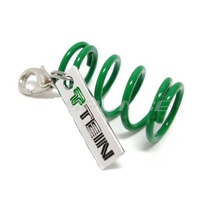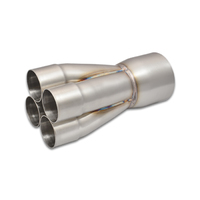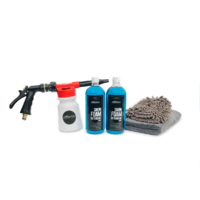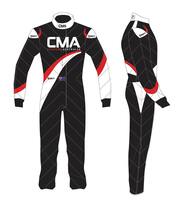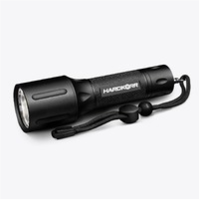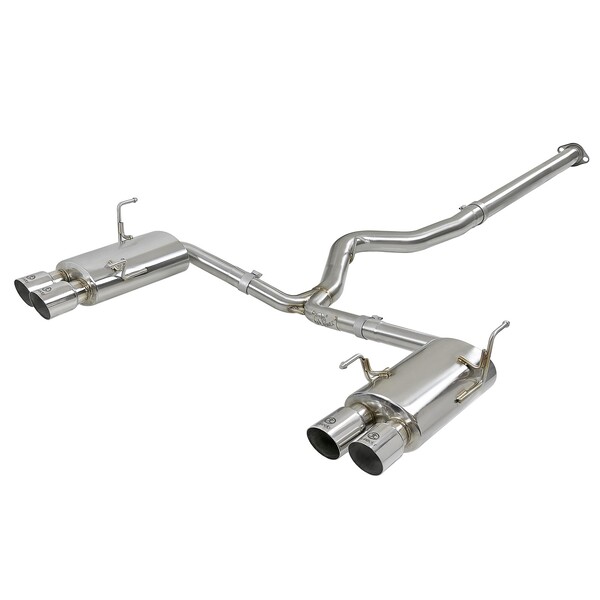For car enthusiasts, the sound of a perfectly tuned engine is music to their ears. It's like The Rolling Stones and The Beatles with a dash of The Killers. It's sublime. If you want to enhance that sound and unleash the full potential of your vehicle, then you better crank it up — enter the world of cat-back exhaust systems.
This guide delves deep into the fascinating dimensions of cat-back exhaust systems, exploring their impact on the exhaust note, their significance in boosting vehicle performance and providing valuable insights for fans looking to make informed decisions about upgrading their exhaust systems.
What are Cat-Back Exhaust Systems?
Cat-back exhaust systems are aftermarket components that replace the portion of your car's exhaust system located behind the catalytic converter. These systems are designed to enhance performance by improving exhaust flow, allowing the engine to breathe better, potentially leading to increased horsepower and torque. Cat-back exhaust systems can also improve the sound of your car, making it more aggressive and sporty — making it roar like a tiger.
Exhaust Note and Your Car's Personality
The exhaust note shapes a car's profile and ID by acting as its sonic signature. It's the tone and audible inclination of it— does it scream, meow, bellow, whimper? It can evoke emotions, project power, and hint at its performance potential. A throaty rumble suggests raw adrenaline and strength, while a high-pitched wail speaks of agility and speed. Also, a smooth purr implies refinement, while a crackling burble hints at a rebellious spirit.
Components of Cat-Back Exhaust Systems
A cat-back exhaust system is a post-sale mod exhaust product designed to substitute the original manufacturer exhaust system from the catalytic converter to the tailpipe of a vehicle. The components include:
- Mid-pipe: Connects the catalytic converter to the rear mufflers or resonators.
- Mufflers or Resonators: Reduce the noise produced by the engine and enhance the overall sound quality. Mufflers use chambers and baffles to muffle the sound, while resonators use sound-cancelling technology.
- Exhaust Tips: Visible parts of the exhaust system that protrude from the rear of the vehicle. Available in various shapes, sizes, and materials to personalise the look and sound of your car.
How Do Cat-Back Systems Differ from Other Exhausts?
Area Replaced
- Cat-back: Replaces the entire exhaust system from the catalytic converter back.
- Axle-back: Replaces only the mufflers and exhaust tips, located behind the rear axle.
- Downpipe: Replaces the pipe directly connected to the turbocharger or exhaust manifold, located before the catalytic converter.
Performance
- Cat-back: Significant performance gains by replacing the entire exhaust system with larger diameter pipes and free-flowing mufflers.
- Axle-back: Provides minimal performance gains but focuses on enhancing the sound of the exhaust.
- Downpipe: Significantly increases horsepower and torque by reducing exhaust backpressure.
Sound
- Cat-back: Delivers a more aggressive and sporty sound compared to stock exhaust.
- Axle-back: Significantly changes the exhaust sound, depending on the chosen muffler design.
- Downpipe: Creates a louder and deeper exhaust tone.
Cost and Difficulty
- Cat-back: Most expensive and requires professional installation due to its complexity.
- Axle-back: Relatively affordable and can often be installed at home with basic tools.
- Downpipe: This can be expensive and requires specialised knowledge or professional installation.
Legality
- Cat-back: May not be emissions compliant in some areas.
- Axle-back: Usually emissions compliant unless combined with other modifications.
- Downpipe: Often not emissions compliant and may require tuning to pass emissions testing.
Benefits of Cat-Back Exhaust Systems
- Increased Horsepower and Torque: Allows the engine to breathe easily and increases horsepower and torque throughout the RPM range, leading to improved acceleration, responsiveness, and overall driving enjoyment.
- Enhanced Engine Efficiency: Allows the engine to work less to expel gases, leading to better fuel efficiency.
- Distinctive Exhaust Note: Produces a more aggressive and sporty exhaust note, enhancing the driving experience.
- Better Throttle Response: Reduced exhaust backpressure improves throttle response in which the engine reacts more quickly to your input.
- Customisation and Personalisation: A wider variety of styles and configurations, allows you to customise and personalise the look and sound of your car.
Factors to Consider When Selecting a Cat-Back System
- Vehicle Type: Choose a system specifically designed for your make and model of car to ensure proper fitment and optimal performance.
- Desired Sound: Consider whether you want a more aggressive and loud exhaust note or a milder and subtler tone.
- Performance Goals: Some cat-back systems are designed focusing on maximising horsepower and torque gains, while others prioritise improved throttle response or fuel efficiency.
Tips for Selecting a Cat-Back Exhaust System
Check Compatibility
Check the manufacturer's specifications or consult a professional to confirm compatibility with your vehicle's year, make, and model.
Evaluate Sound Preferences
Watch videos of different cat-back systems to get an idea of the sound they produce to see if the tone matches your desired sound preferences.
Review Customer Feedback
Read reviews from those who have installed the cat-back system you are considering to gain valuable insights.
Brand Reputation
Consider reputable brands known for producing high-quality cat-back systems.
Consider Performance Goals
Consider your performance goals whether you want to prioritise maximum power gains or improve throttle response or fuel efficiency.
Installation Considerations
Assess your comfort level with the installation process or consider seeking professional assistance if needed.
Boosting Your Exhaust with Cat-Back
A cat-back exhaust system can be the missing piece to unlock the true potential of your car's voice. From a subtle rumble to a head-turning roar, cat-backs offer a variety of soundscapes to personalise your driving experience and turn heads as you pass. Additionally, it also improves performance. Your engine will breathe easier, potentially unleashing sharper throttle response, exhilarating acceleration, and a feeling of being truly connected to your car.
Choosing the right cat-back can be overwhelming. Do your research, consider your vehicle, desired sound, and performance goals. With the right information, you can make an informed decision and transform your driving into a thrilling symphony of power and sound.
Don't just drive, experience. Unleash the beast with a cat-back exhaust system sound.
FAQ on Cat-Back Exhaust System
How can the cat-back system improve exhaust flow and optimise performance?
Cat-back performance exhaust systems optimise exhaust flow by reducing restrictions in the exhaust system. Original exhaust systems often have narrow pipes, restrictive mufflers, and multiple bends that can limit the flow of exhaust gases. By increasing the diameter of the pipes in a cat-back system, the exhaust gases exit the engine more efficiently. This allows the engine to breathe easier, resulting in potentially increased horsepower and torque.
How can the systems improve your car’s acoustics?
The basics involve two key factors:
- Frequency refers to the number of sound waves produced per second and is measured in Hertz - -Hz.
- Amplitude represents the strength or intensity of the sound wave and is measured in decibels - dB.
Can cat-back exhaust systems modify sound?
The design of the mufflers, resonators, and exhaust tips contribute to altering the sound produced by the engine. Mufflers or resonators are designed to reduce or cancel out certain frequencies of sound. They use internal chambers, baffles, or sound-absorbing materials to muffle the noise produced by the engine.
Exhaust tips can alter the sound that comes out of the vehicle depending on their shapes. Wider tips produce a deeper sound, while narrower tips result in a sharper sound. Each cat-back exhaust system has its own unique sound profile.
Some systems are designed to produce a deep and aggressive tone, while others may have a more mellow or subtle sound. Additionally, the choice of materials, such as stainless steel or titanium, can also affect the sound quality.
How do cat-back exhaust systems contribute to increased horsepower and torque?
Exhaust cat-back systems are typically less restrictive compared to the stock exhaust system, allowing for better airflow. Furthermore, they often feature larger diameter piping, which helps to increase the overall volume capacity of the exhaust. This allows for better scavenging and reduces the chances of exhaust gas reversion.
How can cat-back systems improve exhaust flow on overall engine efficiency?
Reducing the backpressure and improving airflow allows the engine to breathe more freely, leading to enhanced combustion efficiency. This results in better fuel atomization, improved throttle response, and increased power delivery. Additionally, there is a reduced chance of heat build-up, which can negatively impact engine performance

